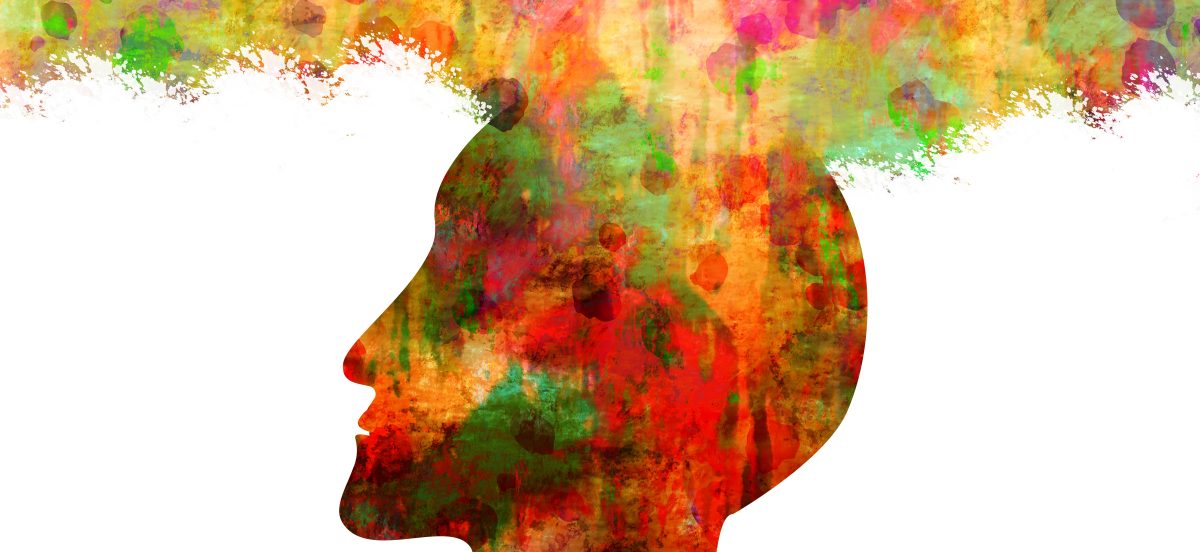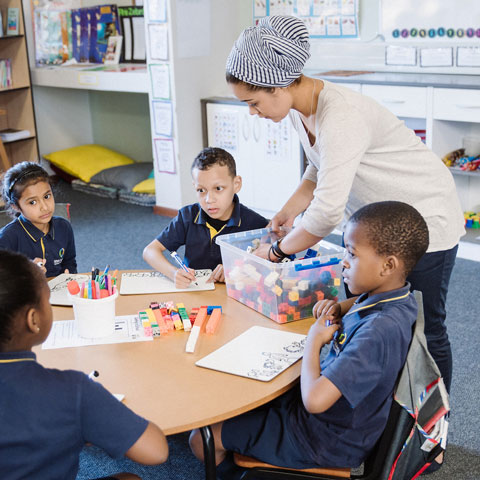Mindfulness refers to a state of mind where a person has a heightened awareness of the internal and external experiences that are occurring at the present moment. It is a practice where your mind and all its thoughts are quietened bringing a feeling of calmness and increased awareness and focus.
The concept of mindfulness is thought to have been introduced to the west by Jon Kabat-Zinn in the late 1970s, who described it as “the awareness that emerges through paying attention on purpose, at that moment.
Now more than ever, teaching mindfulness in the classroom is essential. As the world is experiencing unprecedented times with the Covid-19 pandemic. Students, teachers, and parents feel stressed and anxious.
We also live busy lives and find our thoughts buzzing with a myriad of things to do and worry about.
As educators, we know that children learn best when they are comfortable, feel safe, and relaxed. By incorporating mindfulness in the classroom, teachers can create an environment for their students that is nurturing and non-threatening. It can set the climate for the day that is optimal for learning.
There are many benefits to mindfulness for students:
- Reduces stress and anxiety
- Improves attention and focus
- Improves the student’s cognitive performance
- Better emotional and social intelligence
- Improves memory
There are a few ways that our teachers incorporate mindfulness into their classrooms,
Mindfulness Through Breathing
Teaching children to breathe deeply into their stomachs when they feel stressed and anxious. This helps to calm their body and mind.
Mindfulness Through Sensory Experiences
Sensory experiences also help children to relax and focus. By playing relaxing or classical music with calming sounds, children can focus and concentrate on the task at hand. Work produced is of a higher quality and the classroom has a calm atmosphere.
Mindfulness Through Guided Imagery
Guided Imagery can develop children’s imaginations. It helps them to integrate learning with prior knowledge. When teachers introduce a new concept, they invite children to close their eyes and slowly talk them through a journey. In this way, the children can imagine and visualize – placing them in the right frame of mind and focus. In the younger classes, children can pretend they are the animals and mimic the sounds and movements of the animals. This just helps them to relate better to the topic that will follow.
At Nova Pioneer Ruimsig, our teachers incorporate all these strategies every day in their classrooms. You will always hear relaxing background music in each class when students are working independently. Music is also used to support transitions between centres. We use Guided Imagery in the younger grades to create a fun and interactive environment before the teacher introduces the new topic. Students are encouraged to close their eyes and imagine they are various characters or in a different setting to visualize the concept. This helps students to internalize the concept using all their senses.
Our Grade R, 1, and 3 classes actively practice meditation each morning. Teachers have noted the benefits of meditation in their classrooms, stating that their students are calm, focused, and are able to concentrate better throughout the day.
Deep breathing techniques are also practiced after the lunch breaks and Physical Education (PE) transitions to help settle the class for the next lesson and put them in a calm and focussed frame of mind.
As a result of practicing mindfulness on our Ruimsig campus, our students appear calm, relaxed, and happy.
Source:
https://www.edutopia.org/blog/integrating-mindfulness-in-classroom-curriculum-giselle-shardlow


